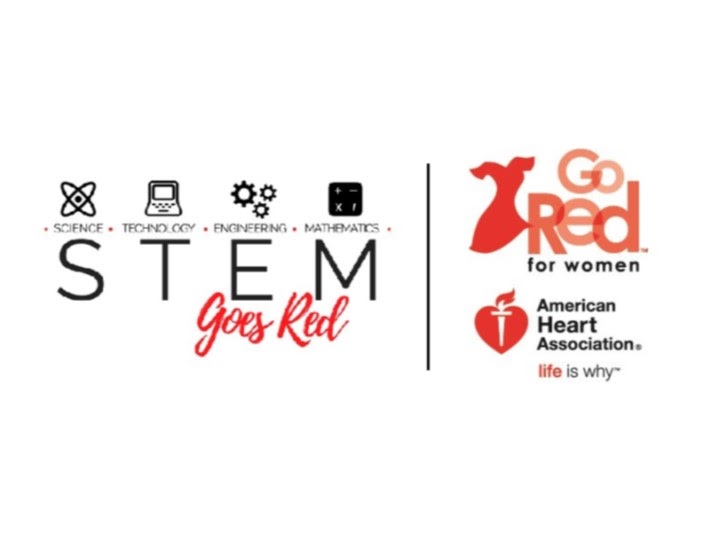“STEM Goes Red” is Introducing Young Girls into the World of STEM
April 16, 2019
STEM Goes Red is designed to provide young girls insights into the possibilities and potential they possess to make a real impact on the world around them. Their goals include engaging young women and mentors in STEM Goes Red, increasing the number of women pursuing STEM degrees in higher education, closing the gender gap in STEM jobs, and arming students with tools and resources to experience good health and well-being.
America’s STEM workforce is at the forefront for patent creation, science and research, and innovation that is vital to today’s economy and tomorrow’s future. Our daily lives are built on a STEM foundation- from communication to cosmetic products. Unfortunately, a huge gender gap exists in STEM from the lack of women pursuing and in STEM careers; only about a quarter of STEM workers are female.
STEM Goes Red is a day-long event intended to inspire an extraordinary group of local elementary to high school girls to explore STEM outside the classroom while also learning how to take charge of their health and well-being through Go Red. Students, mentors and professional attendees have the opportunity to hear insightful talks from leading innovators on industry trends, network and make memorable connections with others, learn valuable insights into women’s health, and fight the #1 killer of women – heart disease. STEM Goes Red is available all across America, from San Francisco, California to New York City, New York.
It is important to continue to advance our society in science and technology. In doing that, we must equally include men and women. Who knows who will think of the best new invention or find the cure for a terrible disease? While an event like this might seem daunting, we can support young girls and women entering the STEM workforce by encouraging others in our very own science and math classes here at Whippany Park. Huge changes can start with small actions, so how will you act to create a more equitable future?
